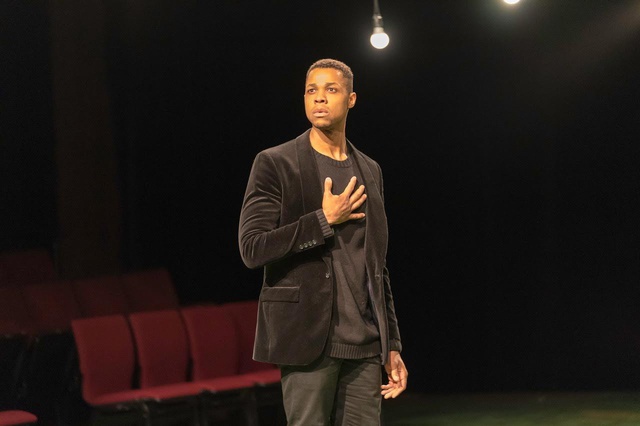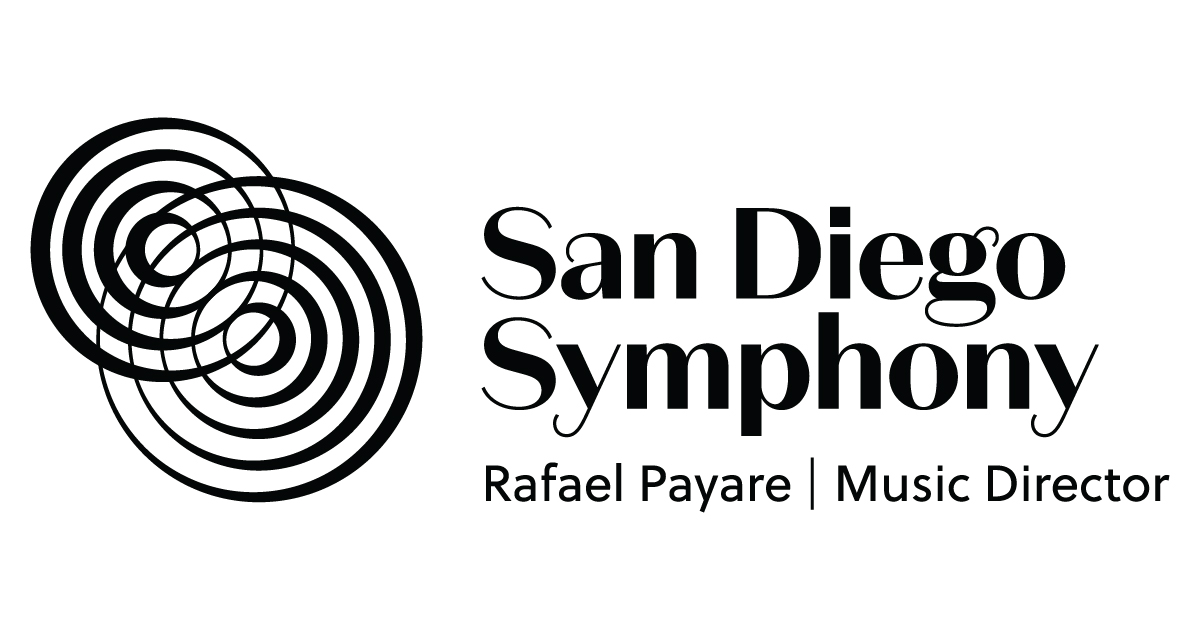Matthew Aucoin and Davone Tines in Conversation

Matthew Aucoin: Hello my name is Matthew Aucoin and I am here with Davóne Tines and we are here to talk about Davone’s solo show, “Were You There” and I am so excited to be presenting as part of the Hearing the Future festival in just a few days. Davóne , can we start with where does the phrase “were you there” come from and what does it mean?
Davóne Tines: The phrase “Were You There” comes from the spiritual entitled “Were You There when they crucified my Lord.” It’s a title bearing witness to the tragic atrocity and also transformative event, the crucifixion of Christ.
MA: This is a solo show that is largely made up of traditional African American spirituals and repertoire that I know you have a deep history with. Could you talk a little about your history and how it connects to your work in opera?
DT: A lot of my work began singing in church since I was maybe two or three in church choir and a lot of these songs come out of that tradition. “Were You There” sung as a hymn in church and also the Christmas spiritual, “Sweet Little Jesus Boy,” was one of my first experiences with music-making. As I became more involved in classical singing, it was really important and also refreshing to go back to the songs that were foundational to my singing experience and pull them into what I do now as an older, broader person and see how this repertoire, it really does have a special place that stands up next to the entire cannon of arts songs and has a special thing to say.
MA: It can be really special to go back, having gad all that experience. It’s great. Though the songs in this program are in many cases old, there’s a deep resonance with current events in this country. Can you talk a bit about the way that this show meditates on those issues?
DT: Something that is particularly special about spirituals is they have the capacity to hold a lot of human emotion, especially in terms of suffering and cathartically dealing with what a group of people are dealing with. Particularly the spiritual “No One Knows the Trouble I’ve Seen” featured in this show because it gives us a place to place a lot of fear, worry, doubt, confusion, with perhaps what we deal with as a society that connects to the experience of African Americans in this country but then puts in the context of a larger historical journey from places of oppression to a current space where we deal with new versions of those sorts of things.
MA: And finally I want to ask about the staging itself and the way you’ve worked with our friend, Zack Winokur, the director, to create a beautiful kind of [unintelligible] for these songs. Can you describe what the show looks like and how you arrived at that look?
DT: An important part of presenting this group of songs with this context of addressing the idea of current acts of racialized policy brutality is to offer people a space to engage those acts but also put them in a place where they can maybe heal from focusing on those events and connecting them to how transformative a communal experience of this thought could be. So what it looks like there’s a number of light bulbs around the space. At the beginning of the show they’re not activate and throughout the songs the lights slowly come on in a way that’s responsive to the music making. We slowly get an idea that these light bulbs embody or represent victims of racialized police brutality and in becoming more of a community in experiencing these songs together, I invite the audience to join in singing to I’m not the only one who’s enacting this memorization and activation of the lightbulbs so we all together to raise together to shed light on what is happening and how we can continue to be a community and enlighten what has happened.
MA: There has never been a dry eye in the house in my experience when we reach that part of the program. I hope you all come in just a few days to see and hear “Were You There” in San Diego at the Sandbox.
Share ArticleBack to all posts
